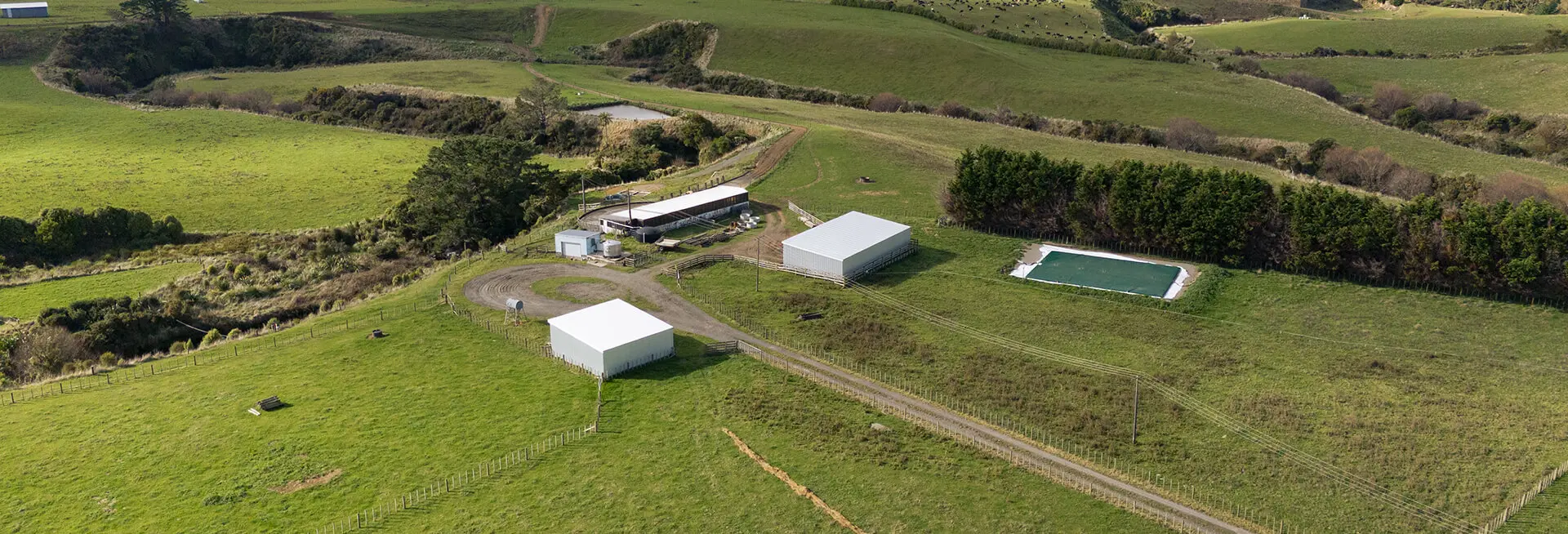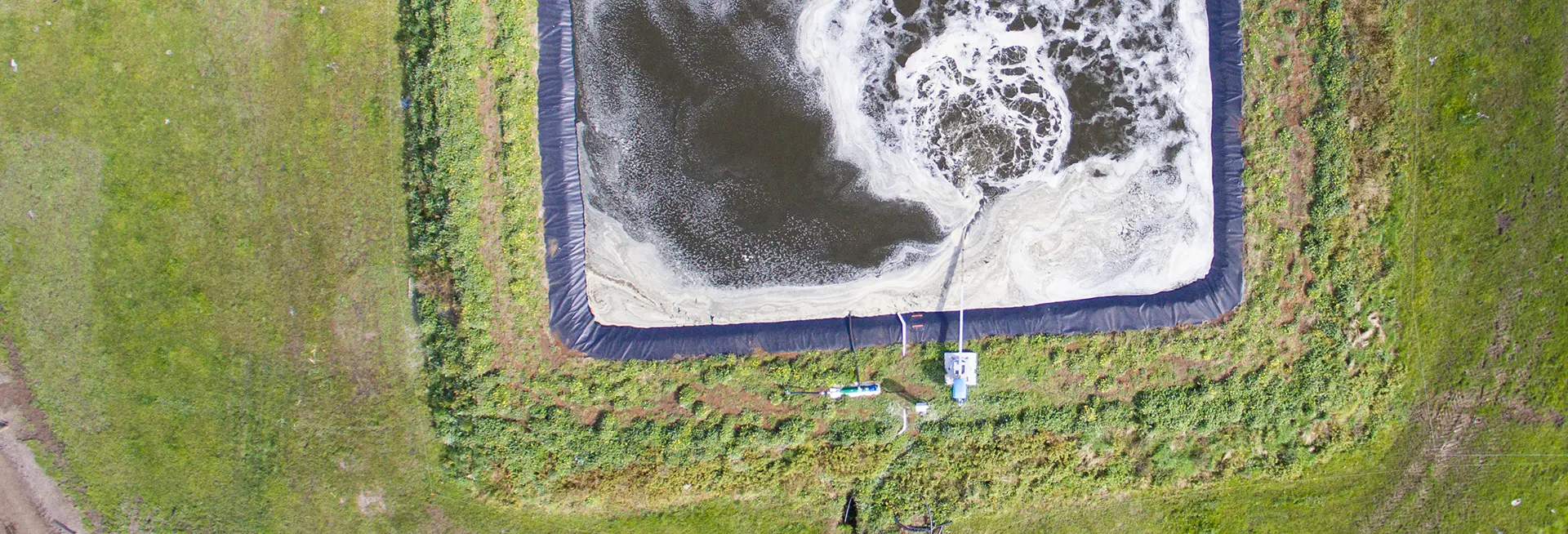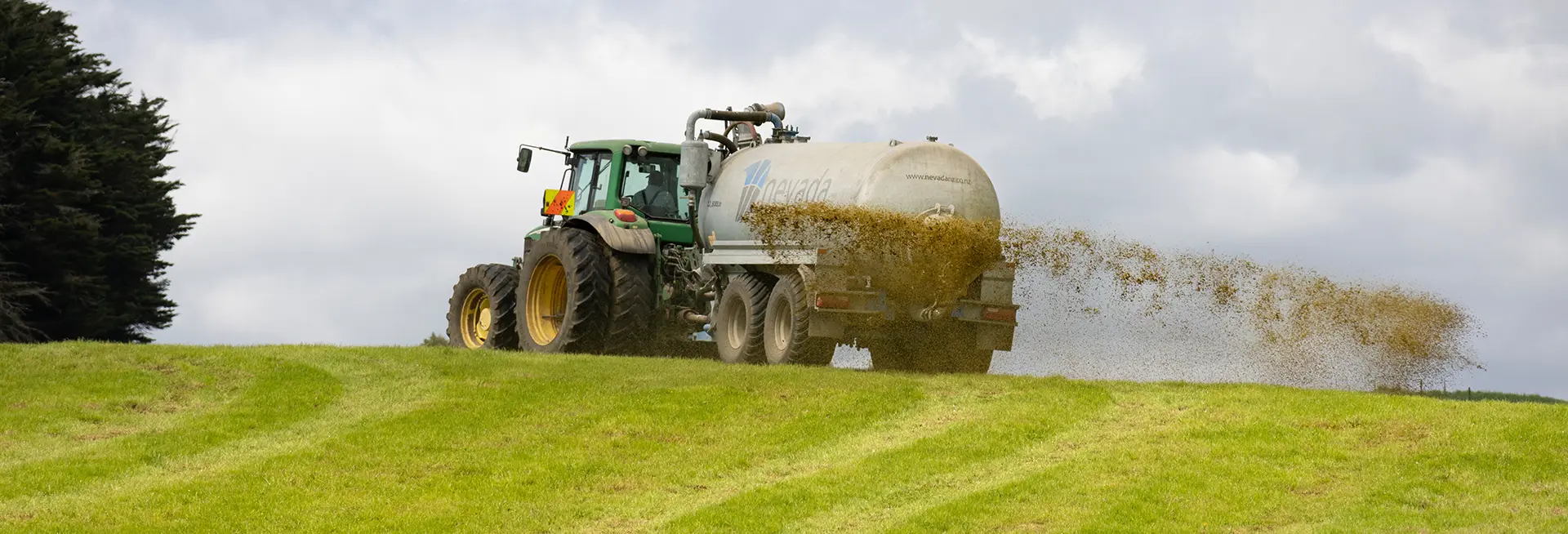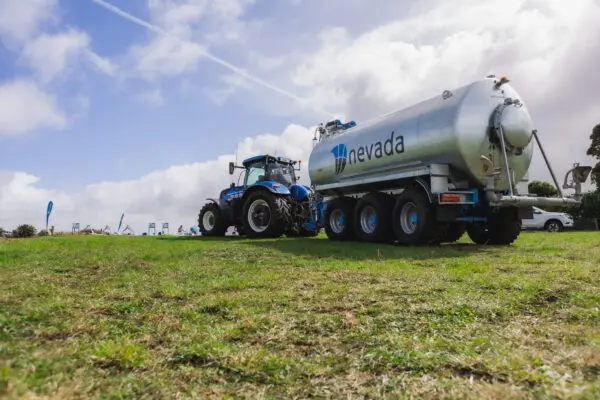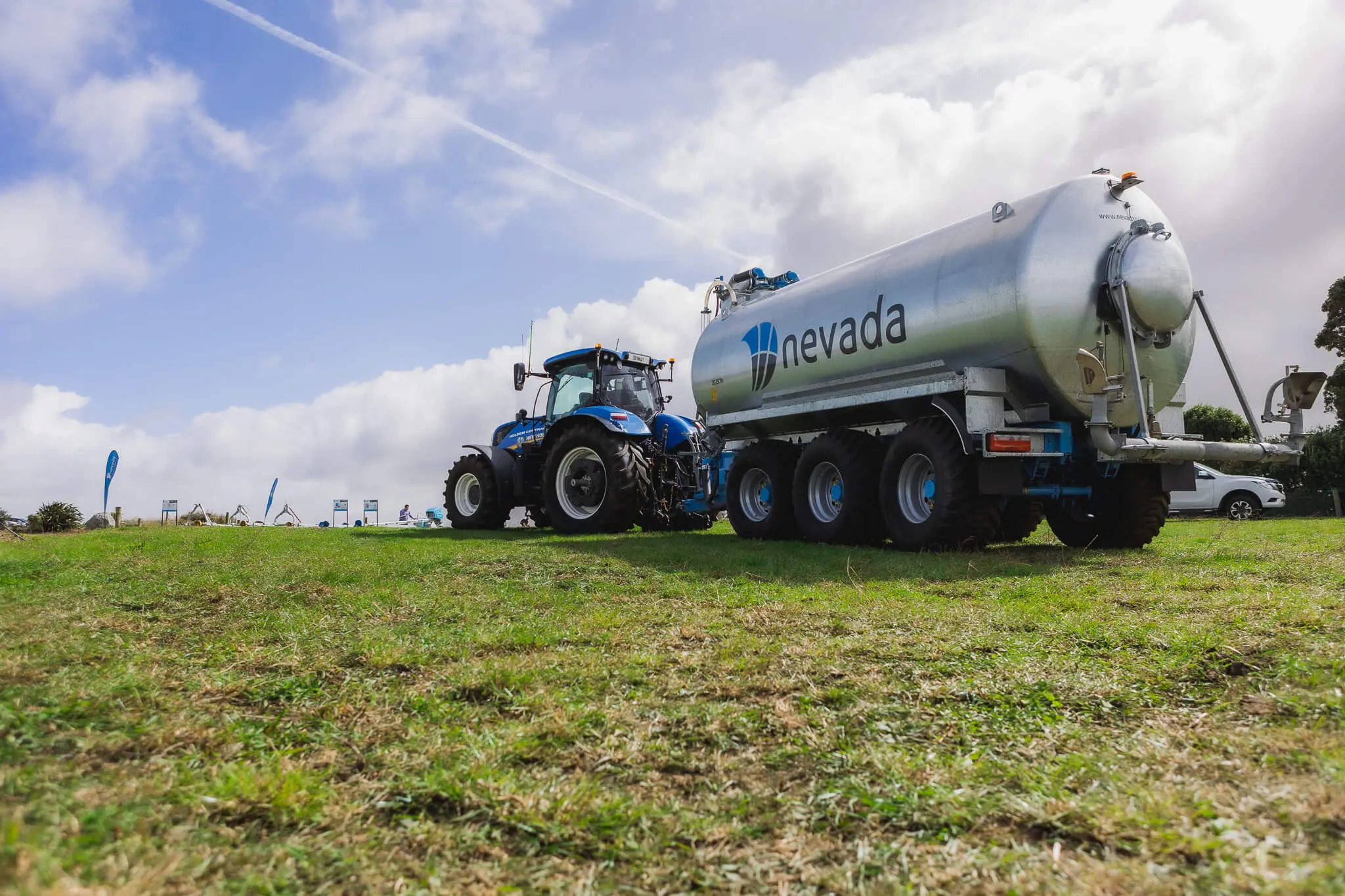Let’s find you the right slurry stirrer…
If you’re reading this, chances are you need a new stirrer for your effluent storage, but you’re not sure which option would be best….not to worry, here’s some info to help!
The first thing to decide on is the type of stirrer you’ll need. Then we can get onto deciding on size.
For pond or above ground tank effluent storage, you’ll generally be choosing between an electric or PTO stirrer. Or for bladder tanks which have only a small area for access, you’ll need a submersible stirrer.
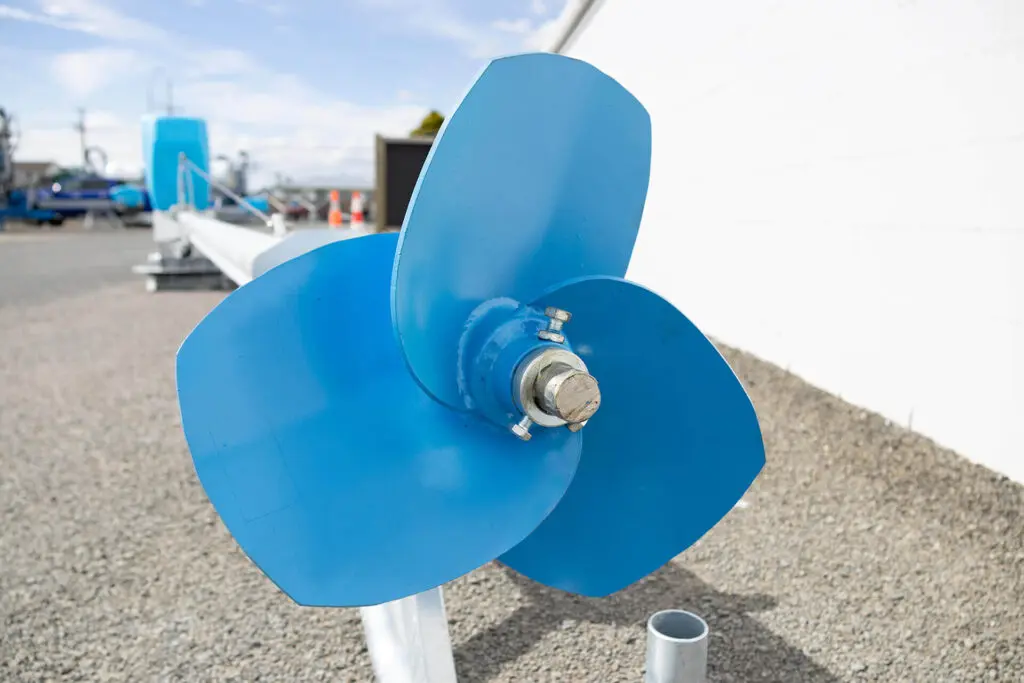
Electric or PTO Slurry Stirrer?
The Nevada Electric and PTO pond stirrers are both excellent solutions. They both have strong galvanised frames, durable slide bearings and Nevada’s powerful propeller technology. However the two systems provide certain advantages that will suit different pond situations or farmer preference.
Recommendation: If you have power available, or can get power running to where you need it, we would recommend getting an electric stirrer over a PTO. The benefits of an electric stirrer over a PTO are:
- Reduced labour time
- More likely to be stirred regularly since you don’t need someone there to monitor it
- Cheaper to run per hour (the cost of getting power supplied might be quickly paid in the savings from running costs)
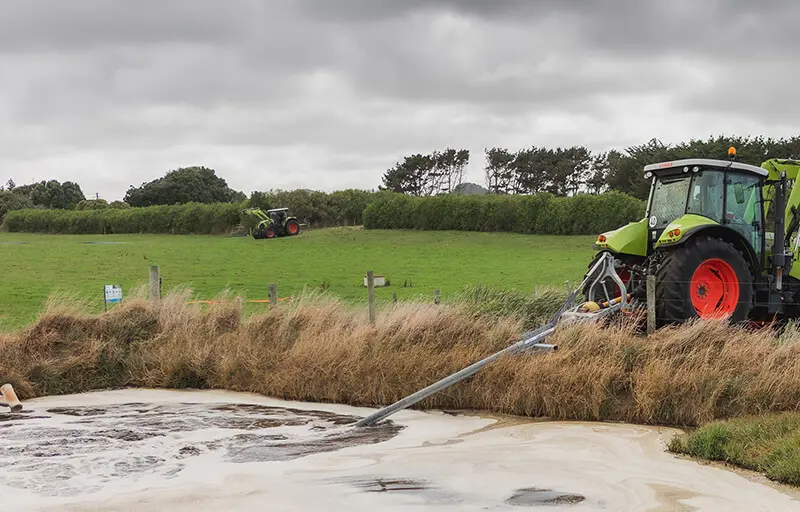
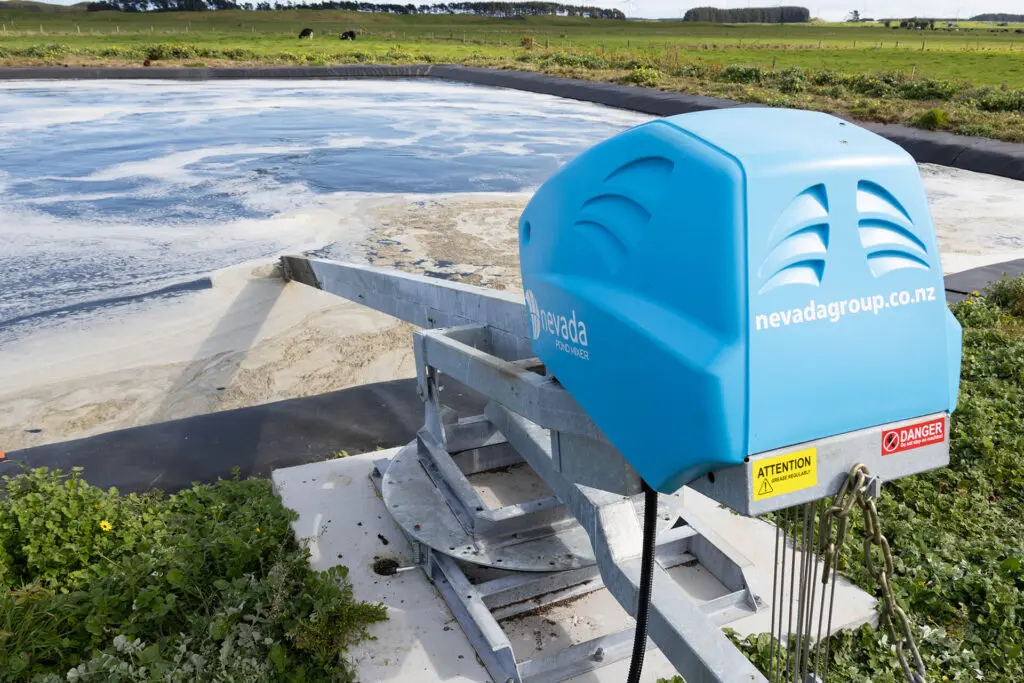
PTO Pond Stirrers
- Tractor-mount for mobility and manoeuvrability
- Can be inserted into pond from different positions
- Multiple ponds (contractors)
- Low power requirements / low tractor revs
- Good for ponds with extreme crust and vegetation
Electric Pond Stirrers
- Shore-mount for safety and convenience
- Set and forget. Stirrer can be left running on a timer
- Turn-key operation with complete FDE system
- Low power requirements
- Quiet operation
- Good for daily / semi-daily use to maintain slurry
Pond/Storage Accessibility
Another consideration is how accessible your effluent pond, or effluent storage is for a stirrer.
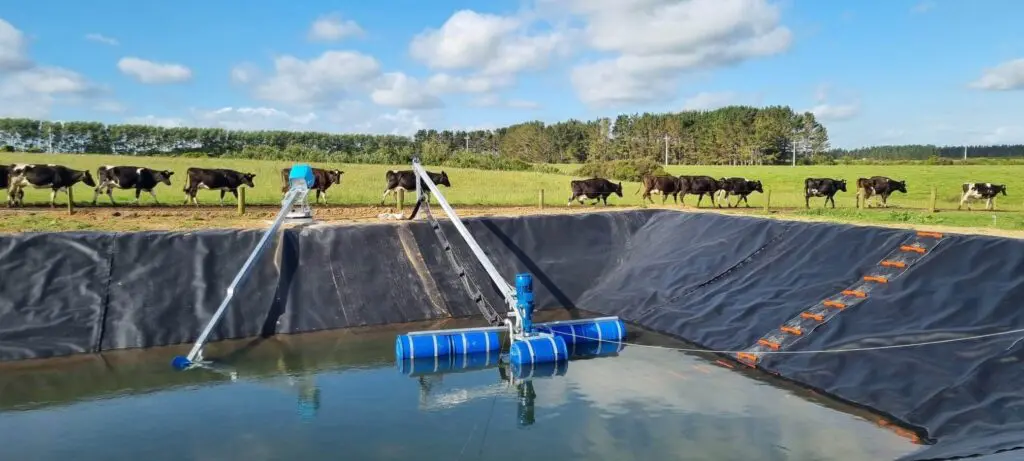
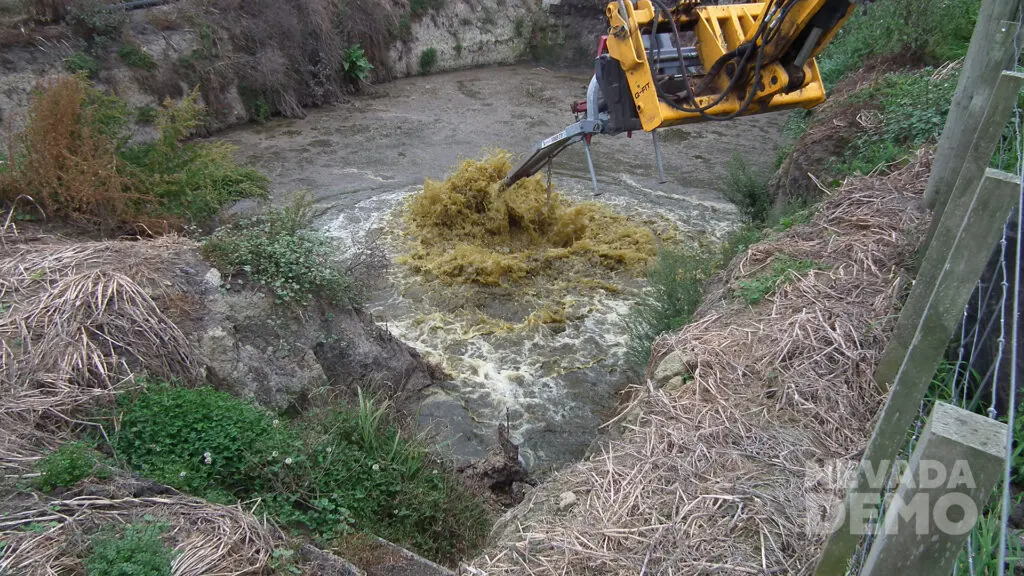
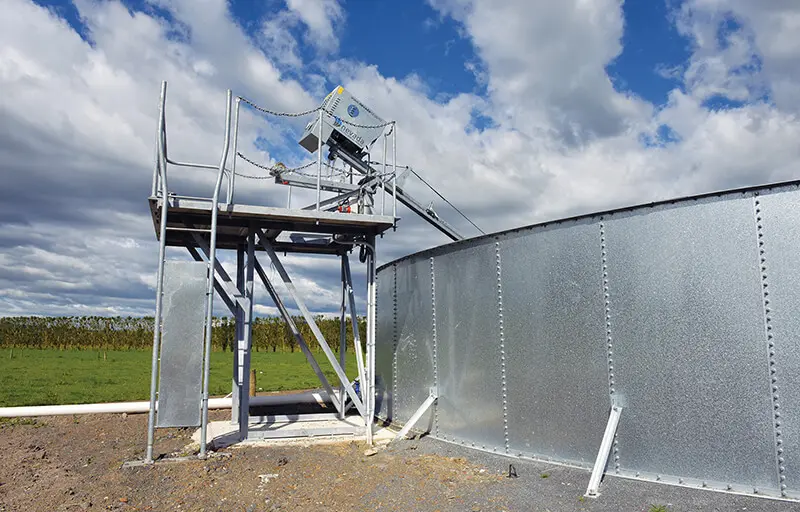
Easy Access
If you’ve got an easily accessible effluent pond, then either a standard Nevada electric or PTO stirrer could likely get the job done, you’ll just need to work out the best size for your needs (see below).
Hard To Reach Ponds
Electric stirrers are generally a better solution for hard to reach effluent ponds, as they don’t require a tractor to operate them. However Nevada PTO stirrers can be fitted with an extension for further reach, and there is also a hydraulic drive option.
Above Ground Tanks
Either option can be used for above ground effluent tanks. An electric stirrer will either need to be placed on a pedistal so it can reach into the tank from above, or there is a ‘through-the-wall’ option. A PTO stirrer will require an extension to reach over the top of the tank, or the hydraulic dive front-end-loader mount option.
Choosing a size
Careful consideration should be taken when it comes to getting the right size stirrer to get the job done. Your slurry stirrer size will depend on:
Pumping Frequency
For the DIY dairy farmer who pumps regularly, you’ll need to be stirring more often to keep a more even consistency in the effluent. In this case a smaller PTO stirrer or an electric stirrer is generally recommended depending on storage size.
If the pond is being emptied by a contractor, or getting stirred less regularly, a larger, more powerful stirrer may be required to churn through crust and vegetation build up. Additional to the powerful Typhoon™ propellor, Nevada stirrers have an optional high efficiency shredder which can help with mulching vegetation.
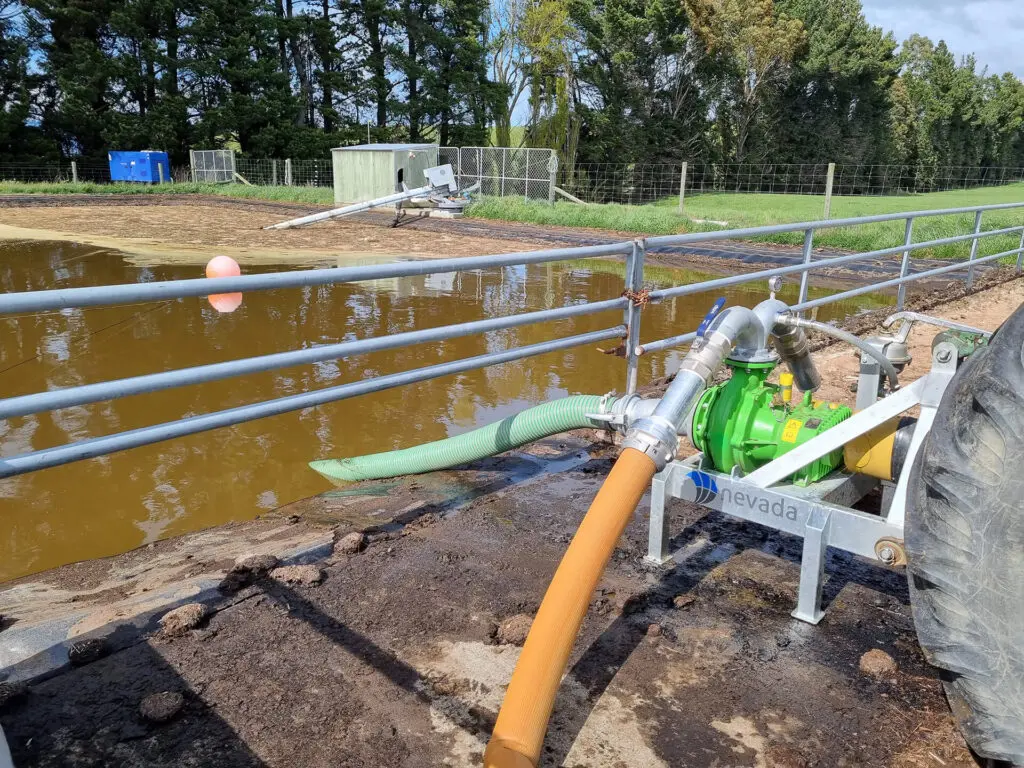
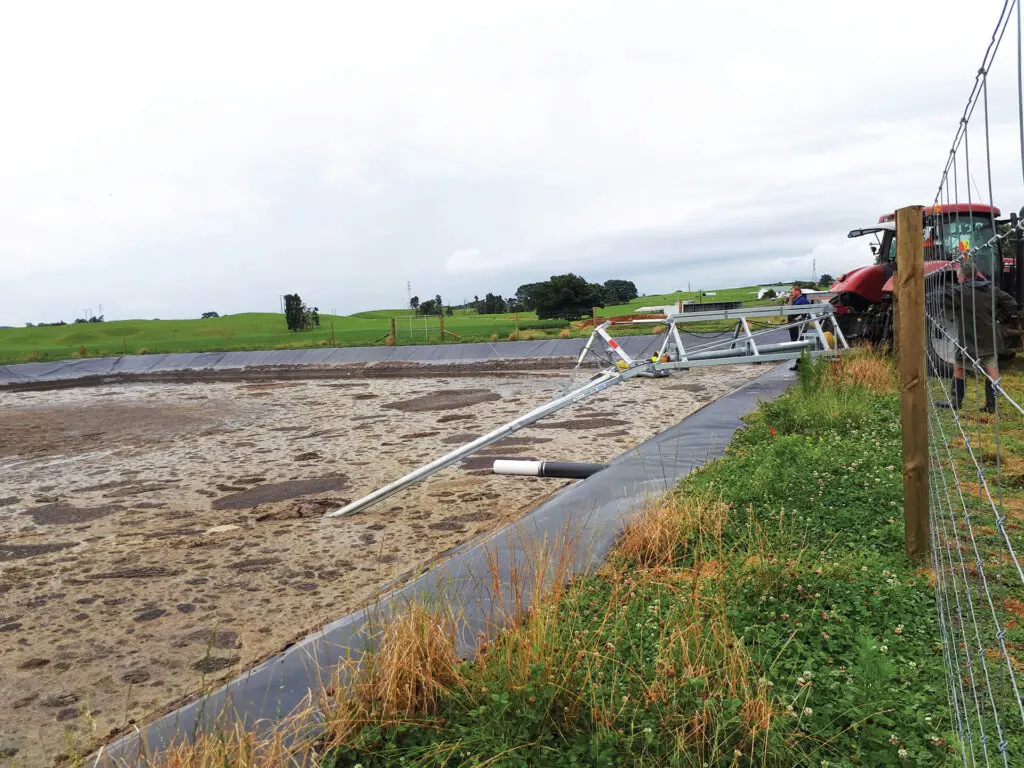
Solids Concentration
If you’re pushing off a feedpad, and have a high solids concentration, you’re more likely to need a bigger stirrer, or one with a powerful motor to be able to handle churning through the solids.
Pond/Storage Size
Effective pond stirring requires a horizontal flow across the pond. Submersible stirrers are suitable for small tanks where access is limited, however most smaller effluent ponds and above ground tanks will require a smaller to medium size stirrer. Larger ponds and tanks will usually need a larger stirrer of approximately 15-20HP to cut the mustard (usually an electric).

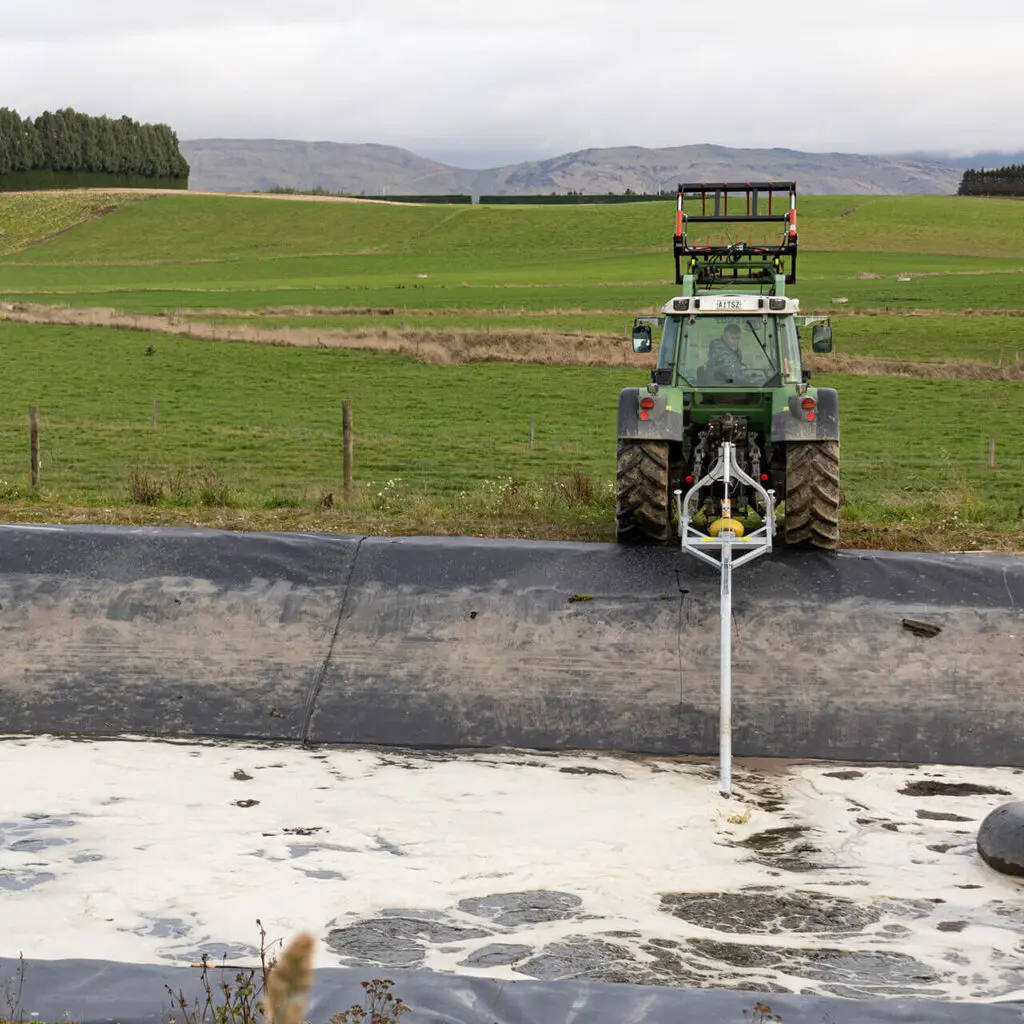
Angle/Batter
Larger stirrers work best on larger ponds with a gentle batter, where smaller stirrers are ideal for shallow ponds with good access and steep banks.
